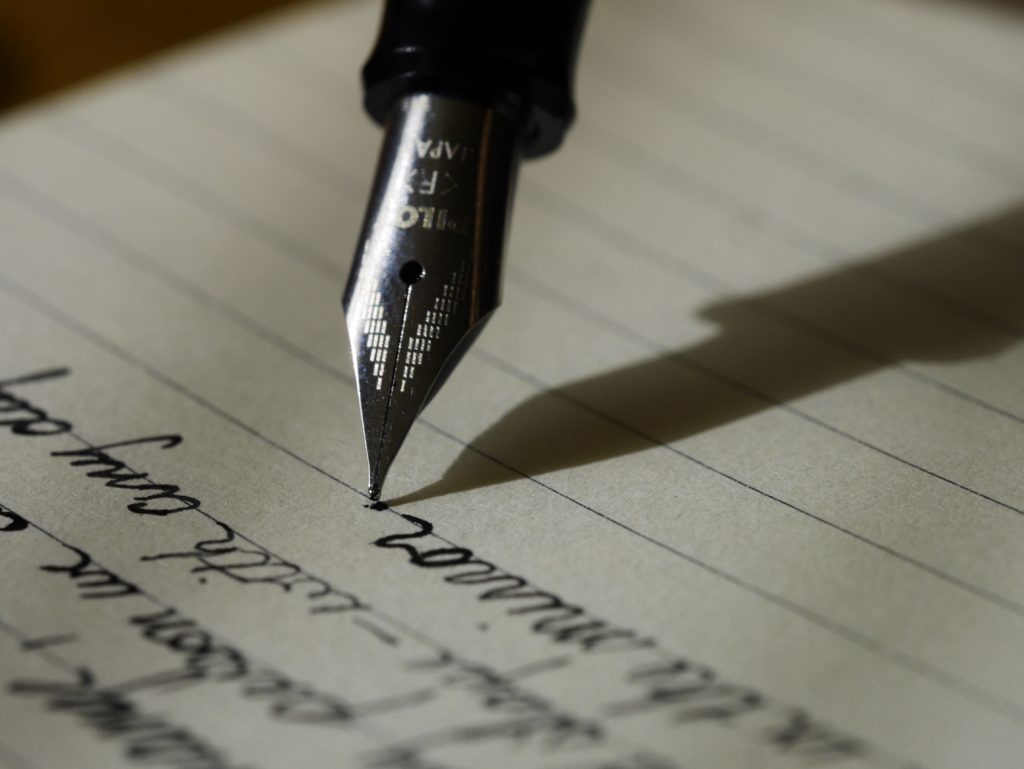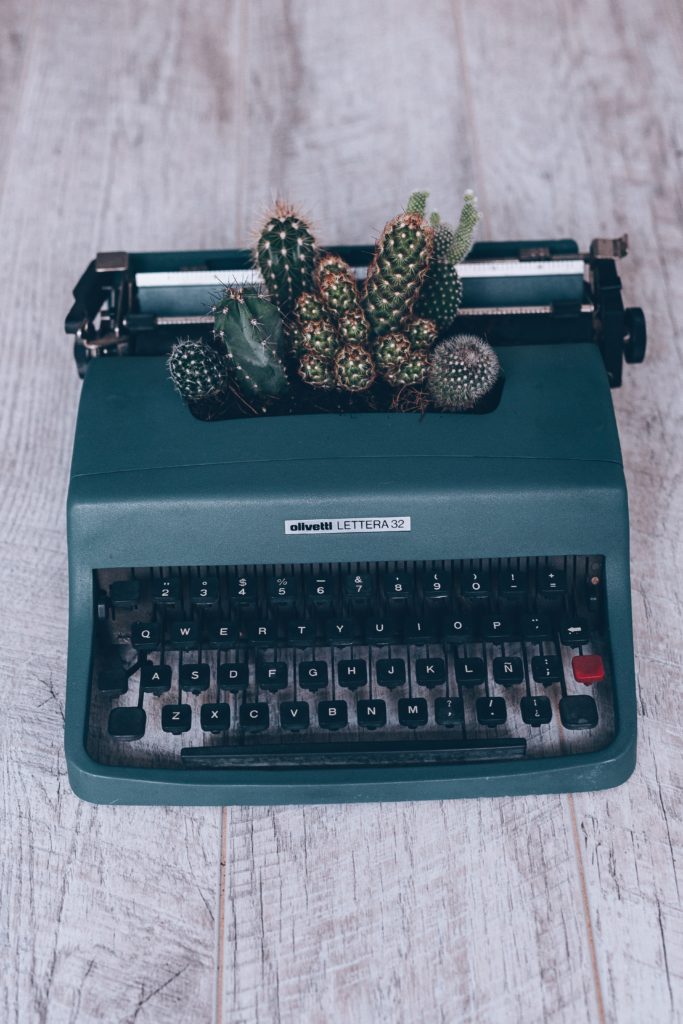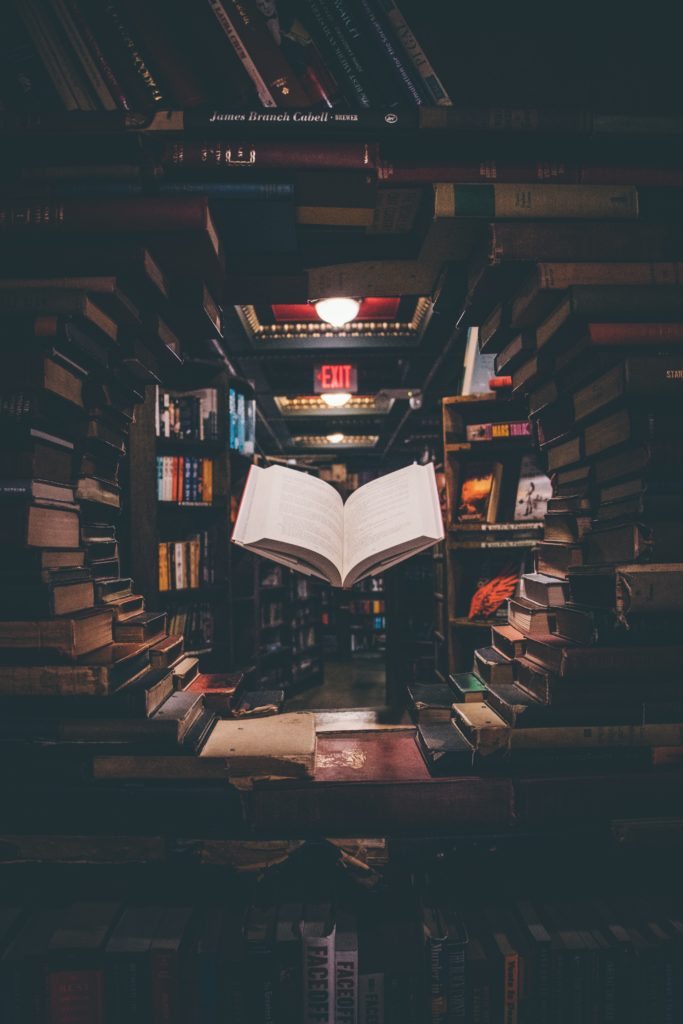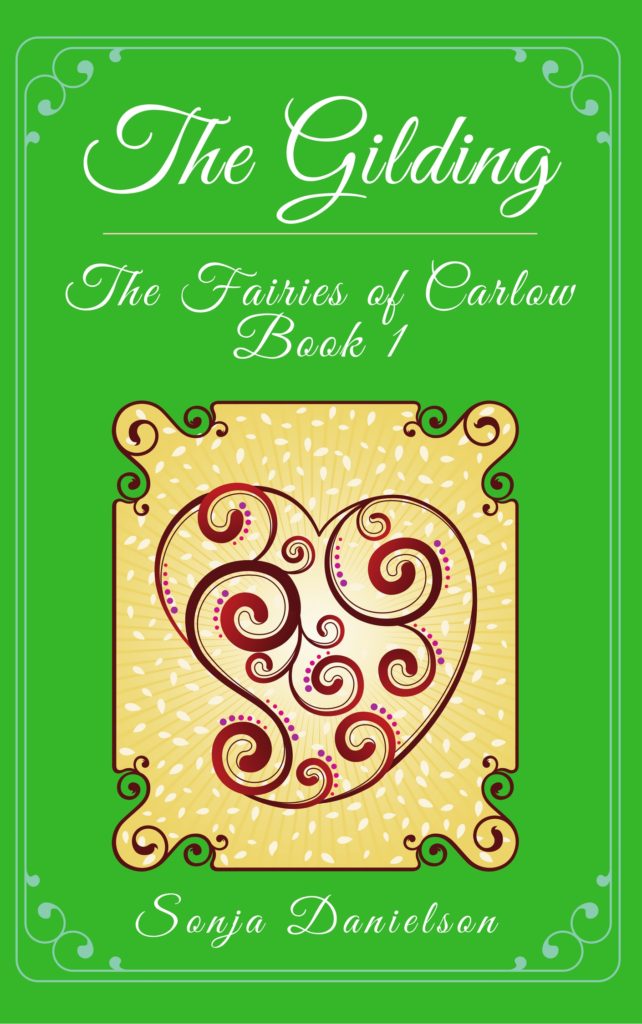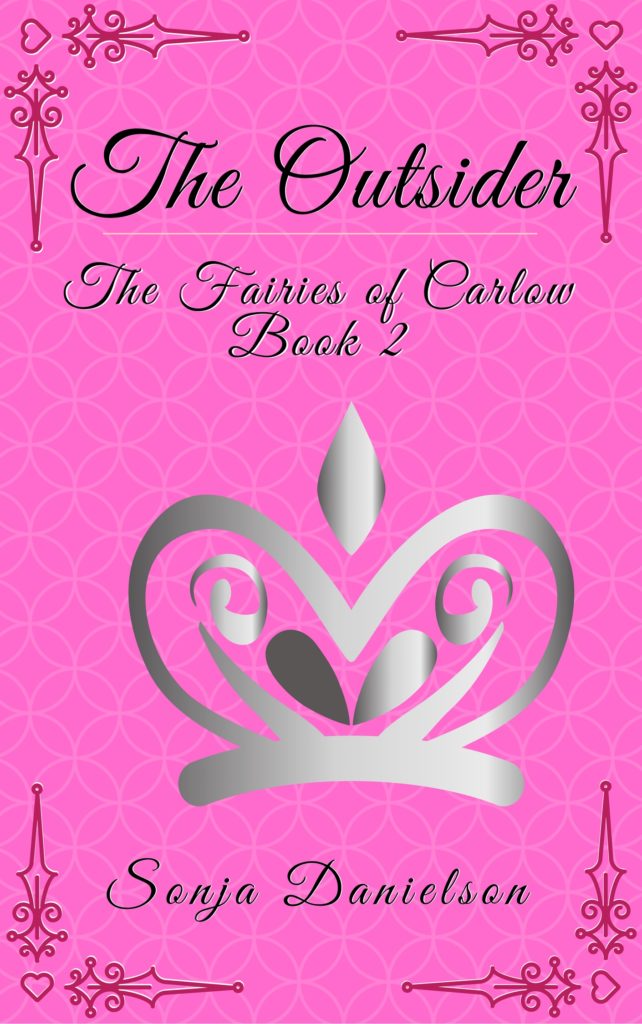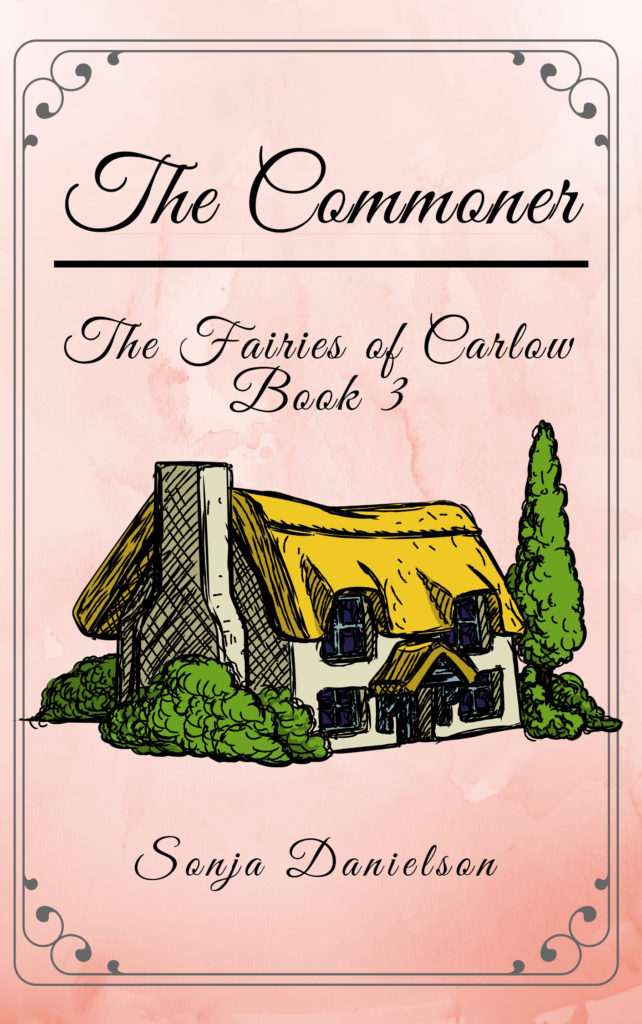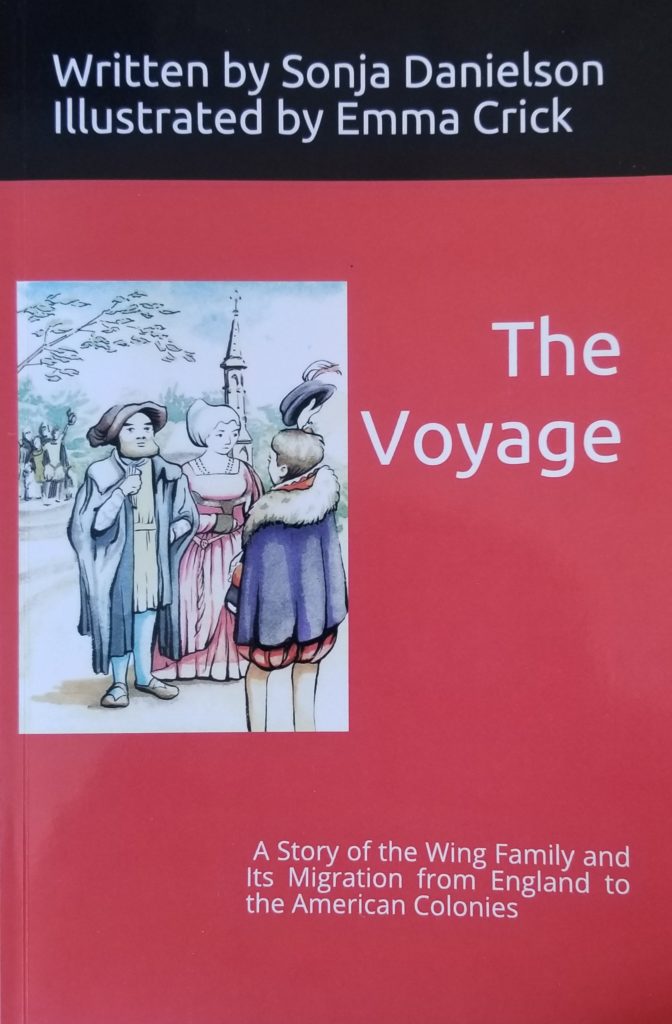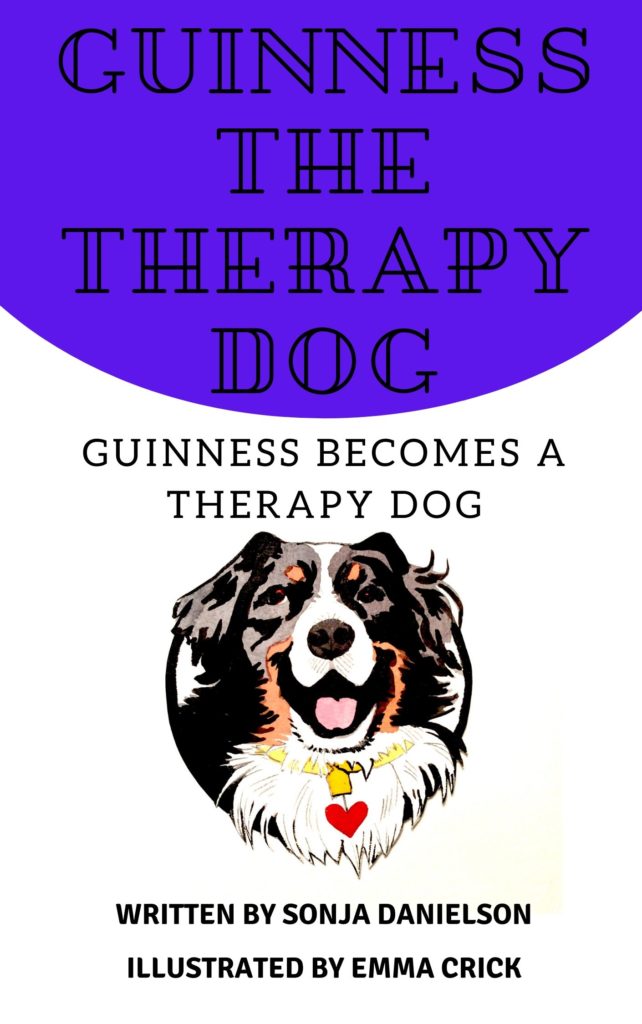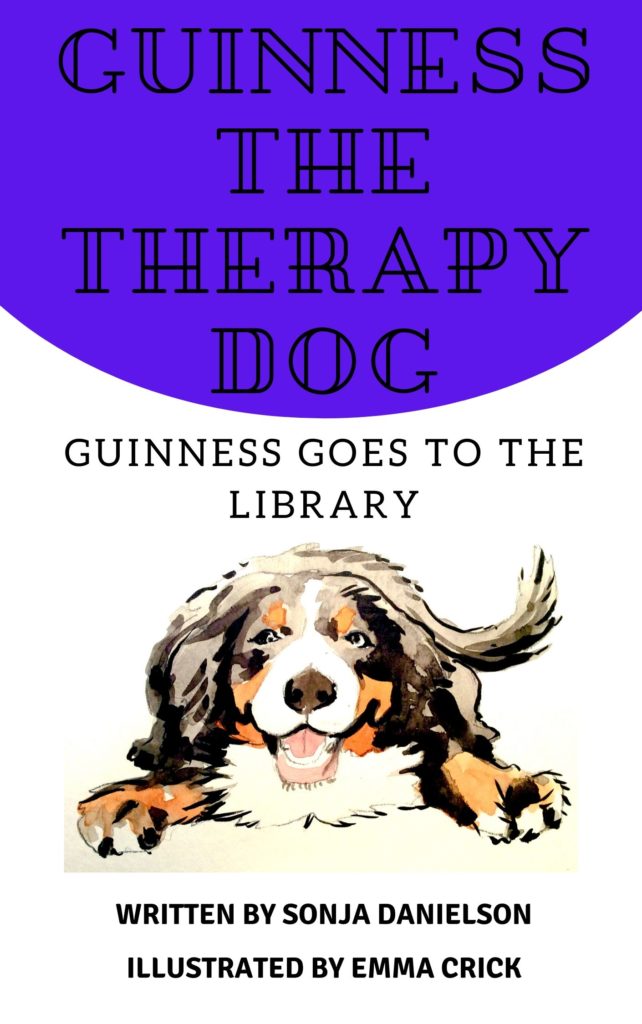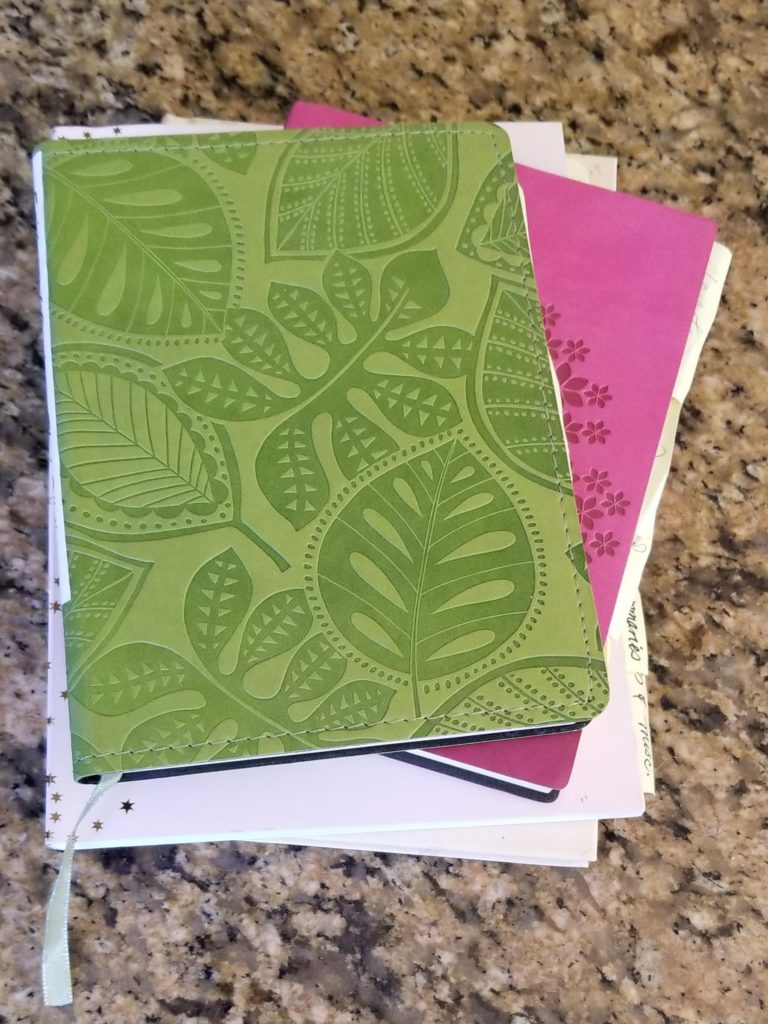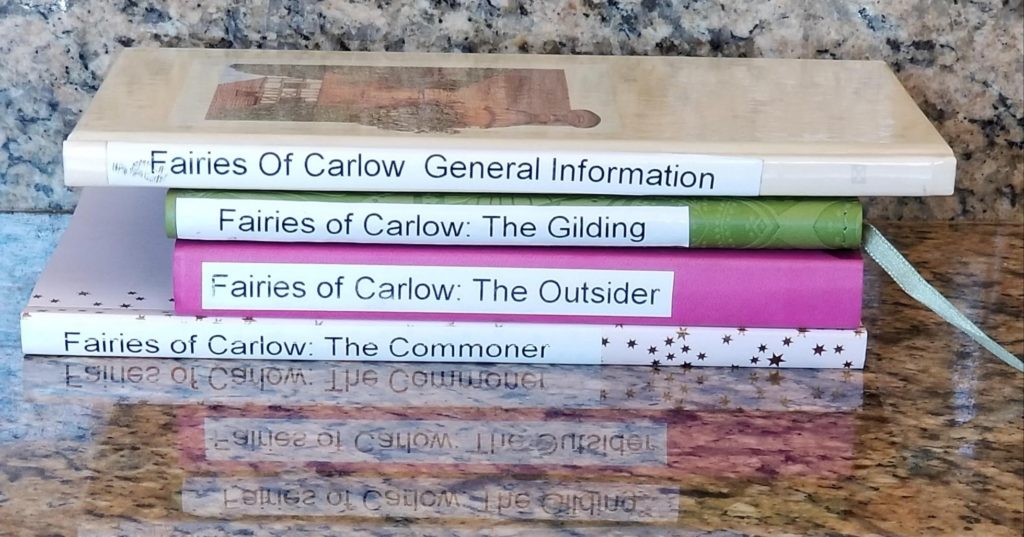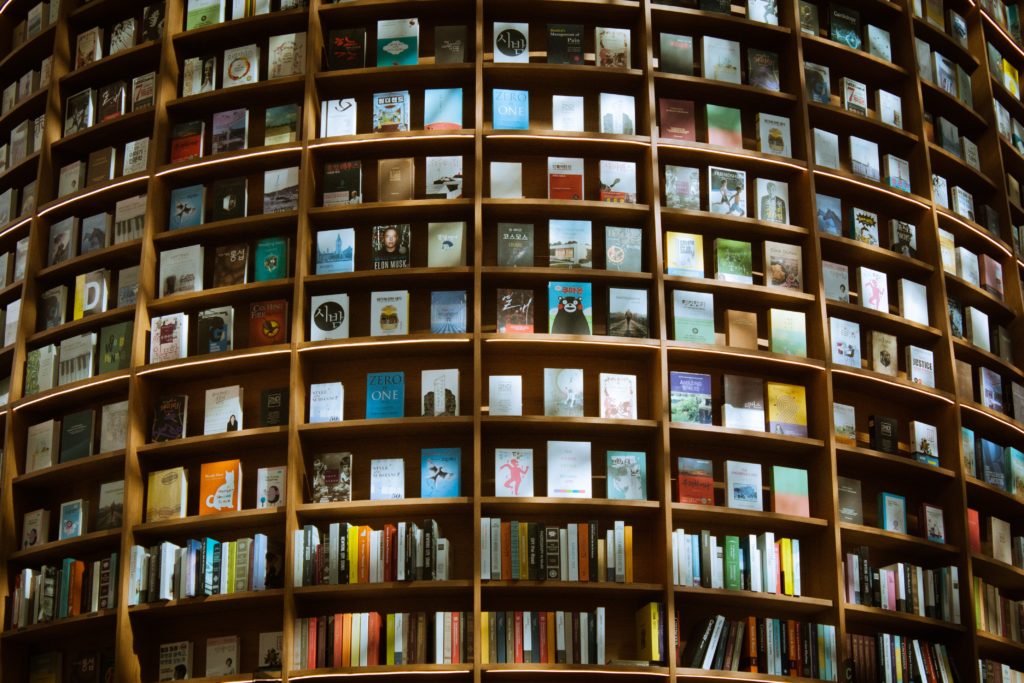
Last month I told you about my favorite book that helps me with my narrative and descriptions. It’s called the Descriptionary: A Thematic Dictionary, by Marc McCutcheon. There are some sections that I don’t use, like “French Cooking Terms” and “Surgical Procedures.” But if I want to know what a “hand-and-a-half sword” is, then there’s a definition for it. (It’s an intermediate or small sword, smaller than a two-handed sword, by the way). There’s also a section on clothing, separated by major historical eras or shifts.
Hey, have you heard of a “ha-ha”? No, it’s not laughter. It’s a sunken fence or moat around a garden to keep animals out of the area.
Fascinating, huh?
I like books that help me with research or language. I don’t like redundancy or interrupting my writing flow while I search for the correct word. Sometimes I put XXX to hold the place of a word I need and then go back to fill it in. Otherwise, that fleeting thread of dialogue or plot will evaporate. It usually doesn’t come back, whether it was good or bad.
Enjoy your writing process. Sonja
